So it was with great interest that I read an article by Carl Tatz in the Nov. 2015 Sound-On-Sound, one of my favorite recording magazines. I have been following Carl’s newsletters about his Phantom Focus system with some interest, but felt that this level of acoustic treatment was way beyond my budge or needs. What caught my attention in this article was the simple fix for a hole in the bass response that is due not to speakers, but to the cancellations that occur when speakers are mounted on stands near the mixing desk. In my instance I have the Meyer’s on acoustic isolated stands positioned for near field monitoring, as shown here.
 Looking at the frequency plot in Carl’s article I saw the big dip in the bass response from around 63-125 Hz, which is a critical range for low bass frequencies. What is happening is cancellation of frequencies due to the bouncing around of the low bass from the floor, ceiling, mixing desk, basically a chaotic environment at the critical listening position and very difficult if not impossible to fix using acoustic treatment without spending big bucks. I had already invested around $4000 in bass traps, absorbers on the walls and ceilings, and diffusors for the live end of my long, narrow studio space. I was hoping to find an easier fix, and this article provides it. The secret to fixing the hole in the ocean of audio is, SUB-WOOFERS. The rationale is that a sub can “fill in” those problematic frequency areas when set correctly for sufficient loudness and frequency crossover. That being the clue I was looking for, I pulled out my lap top with the free Room EQ Wizard program, set up and calibrated by Galaxy CM-140 SPL meter which has an output that can be fed into the computer for measurement purposes, and because taking measurements. I was mainly interested in sweeping the low end, so I accepted the default range of 200 Hz and below. Here is what I got without a sub-woofer. The red arrow shows clearly the “hole” in the bass response from about 90 – 120 Hz, very similar to what Carl talked about in his article.
Looking at the frequency plot in Carl’s article I saw the big dip in the bass response from around 63-125 Hz, which is a critical range for low bass frequencies. What is happening is cancellation of frequencies due to the bouncing around of the low bass from the floor, ceiling, mixing desk, basically a chaotic environment at the critical listening position and very difficult if not impossible to fix using acoustic treatment without spending big bucks. I had already invested around $4000 in bass traps, absorbers on the walls and ceilings, and diffusors for the live end of my long, narrow studio space. I was hoping to find an easier fix, and this article provides it. The secret to fixing the hole in the ocean of audio is, SUB-WOOFERS. The rationale is that a sub can “fill in” those problematic frequency areas when set correctly for sufficient loudness and frequency crossover. That being the clue I was looking for, I pulled out my lap top with the free Room EQ Wizard program, set up and calibrated by Galaxy CM-140 SPL meter which has an output that can be fed into the computer for measurement purposes, and because taking measurements. I was mainly interested in sweeping the low end, so I accepted the default range of 200 Hz and below. Here is what I got without a sub-woofer. The red arrow shows clearly the “hole” in the bass response from about 90 – 120 Hz, very similar to what Carl talked about in his article. 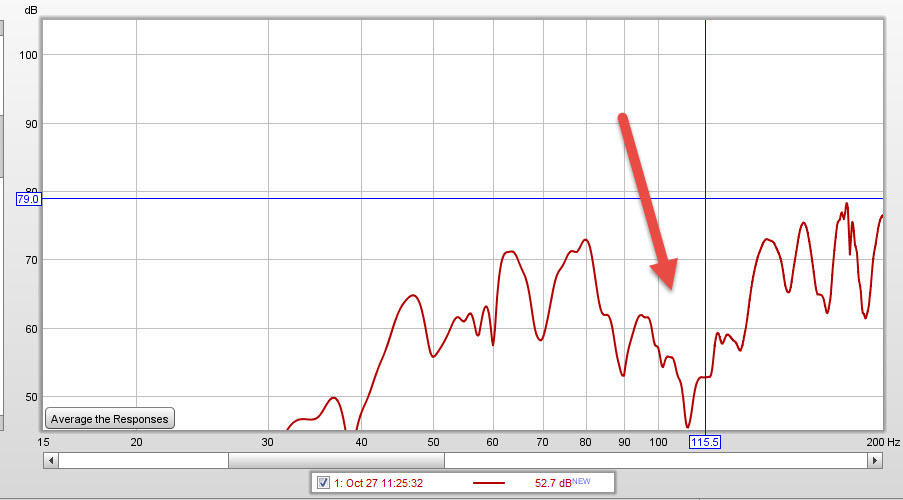
This can be visualized nicely as a waterfall plot. The “hole in the ocean” is pretty obvious above 90 Hz. That is what has been messing with my mixes! Time to fill it in.
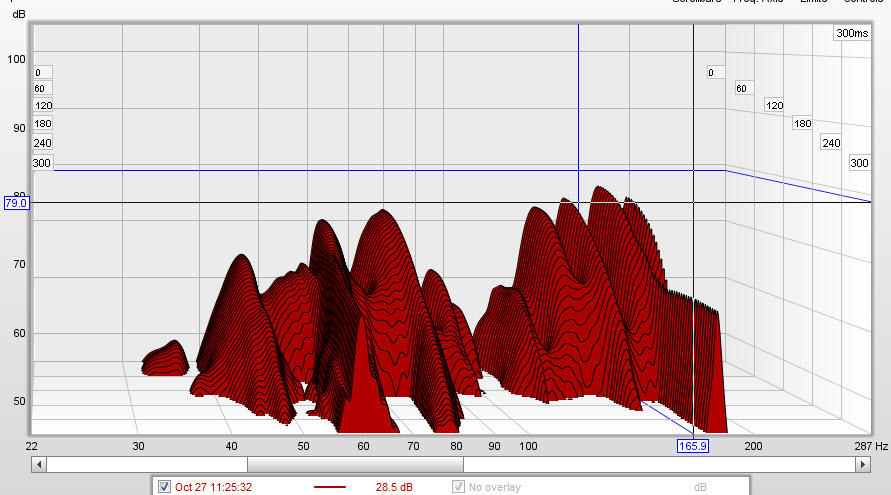 So next I dug out my trusty KRK Sub-Woofer, hooked it up in line with the Meyers using a high pass filter set at 80 Hz. That means that the sub will put out the majority of the bass frequencies below 80 Hz, effectively bolstering the low end. I did not want to set the cross-over too high because the Meyers have a pretty decent bass response as well, and I am not looking to shake the room. After experimenting I set the relative level on the sub to +3 dB, and ran some tests, playing around with the cross-over and sub level. The results are shown here:
So next I dug out my trusty KRK Sub-Woofer, hooked it up in line with the Meyers using a high pass filter set at 80 Hz. That means that the sub will put out the majority of the bass frequencies below 80 Hz, effectively bolstering the low end. I did not want to set the cross-over too high because the Meyers have a pretty decent bass response as well, and I am not looking to shake the room. After experimenting I set the relative level on the sub to +3 dB, and ran some tests, playing around with the cross-over and sub level. The results are shown here: 
 Looks like most of the hole is filled in now. I will continue to experiment with the best settings for the sub, but for now I am excited this solution actually worked. Thanks to Carl Tatz for his great and very useful article.
Looks like most of the hole is filled in now. I will continue to experiment with the best settings for the sub, but for now I am excited this solution actually worked. Thanks to Carl Tatz for his great and very useful article.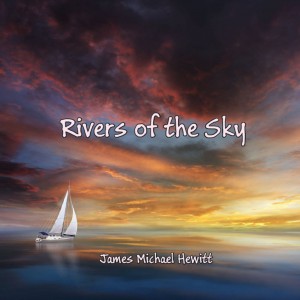
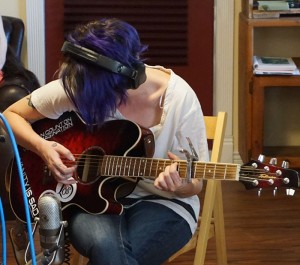
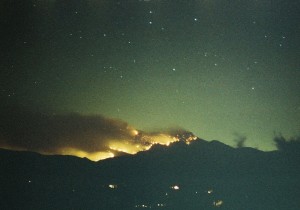

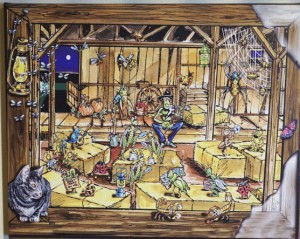
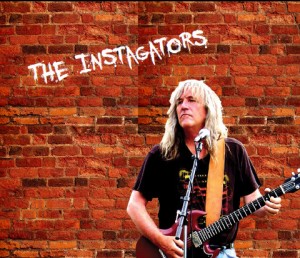
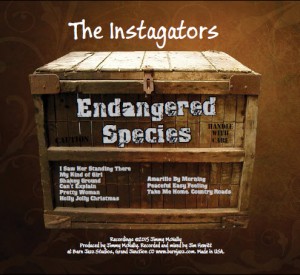
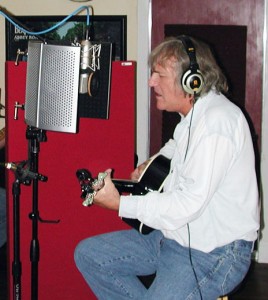
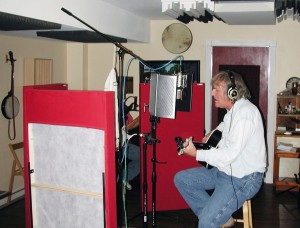
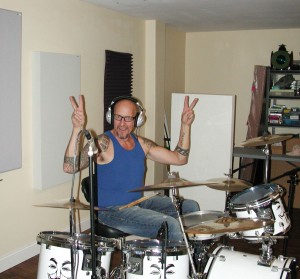
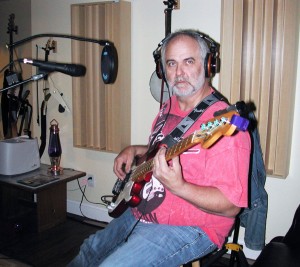








When is enough “enough”?
I took a long morning walk with Willie (Little Red Dog, avid watcher of TV commercials with animals) listening again to my latest creation, Rivers of the Sky, through my BOSE noise cancelling headphones. I know you have to be careful when walking near streets with these kinds of headphones, so I headed for the High Line Canal that borders our subdivision. While technically off limits, everyone walks and rides their bikes along this stretch of water, one that strives to make Grand Junction the Venice of Colorado. So other than the occasional “other dog on leash” to deal with, I could focus on the details of these recordings.
And of course I notice the little flaws, the low frequency imbalance here, the slight off beat keyboard hit there. When I mix I try to catch every little thing, and I think I get most of it the way I want, but there is always more to do. When is enough enough? I guess that depends on what you think too. If you have a copy of the CD Rivers of the Sky, drop me a line via my contact form and let me know what you think.
I am already at work on my next collection, Hi Fiddility, so enough about the past, let’s get on with making more music!